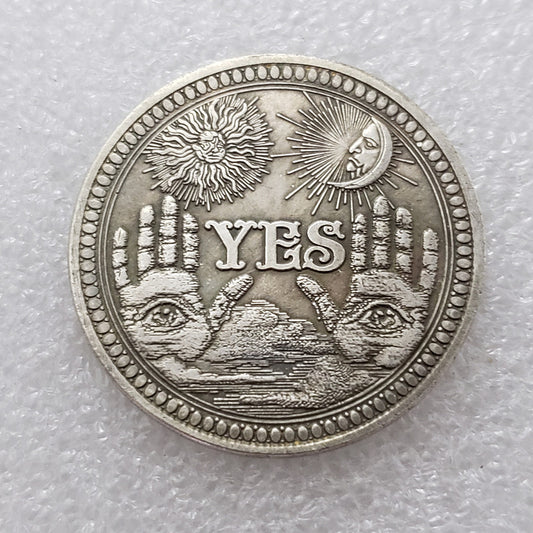Introduction
As the leaves begin to change their colors and a crispness fills the air, nature signals the arrival of autumn. For those following pagan and neopagan traditions, this season is a time of profound significance known as Mabon, also called the Autumnal Equinox or the Second Harvest. This festival, falling around September 21st or 22nd in the Northern Hemisphere, marks the point of equilibrium between summer and winter, inviting us to celebrate nature's bounty and embrace the changing seasons. In this blog post, we'll explore the rich traditions and spiritual significance of Mabon and how you can incorporate its themes into your life, even if you don't follow these traditions.
Understanding Mabon
Mabon is deeply rooted in nature-based spirituality and is one of the eight major Sabbats on the Wheel of the Year, a calendar used in various pagan and Wiccan traditions to mark the changing seasons and their associated spiritual themes. It represents the second harvest of the year, following Lammas (Lughnasadh), and is a time when the fruits of the land reach their peak, both literally and metaphorically.
The Spirituality of Mabon
At its core, Mabon is a time for expressing gratitude. It's a moment to acknowledge the Earth's abundance and the efforts of countless individuals who have worked to ensure a successful harvest. This festival underscores the importance of recognizing and honoring the interconnectedness of all living beings with the land and its cycles.
How Mabon is Celebrated
-
Altar Creations: Many people celebrating Mabon create altars adorned with symbols of the season. These can include apples, pumpkins, gourds, colorful leaves, and grains. These symbols serve as a visual representation of the harvest's bounty and nature's beauty.
-
Rituals: Mabon rituals vary among different pagan traditions, but they often involve giving thanks and making offerings to deities or spirits associated with the harvest and the changing of seasons. Rituals can be as simple or elaborate as one desires, with some including meditation, chants, and ceremonies performed outdoors to connect with nature directly.
-
Feasting: As with many celebrations, food plays a significant role in Mabon festivities. People prepare and share seasonal dishes, such as apple pie, pumpkin soup, and cornbread, to honor the harvest and share the abundance with loved ones.
-
Reflection: Mabon is an ideal time for self-reflection. As the days grow shorter and the nights longer, it's an opportunity to contemplate the balance between light and darkness in our lives. What have we harvested, and what do we wish to release as we move into the introspective season of winter?
Mabon Beyond Pagan and Neopagan Traditions
While Mabon is a deeply meaningful celebration for those who follow pagan and neopagan paths, it's important to note that it's not widely observed in mainstream culture. However, the themes of gratitude, balance, and connection with nature are universal and can be embraced by people of all backgrounds and beliefs.
Conclusion
Mabon, the Autumnal Equinox, or the Second Harvest, offers a unique opportunity to connect with nature, express gratitude, and celebrate the changing of the seasons. Whether you're a pagan or simply someone who appreciates the beauty of autumn, you can incorporate the spirit of Mabon into your life by creating your own rituals, savoring seasonal foods, and taking time to reflect on the balance between light and darkness. As we enter this season of transformation, may we all find moments of beauty and gratitude in the world around us.
















